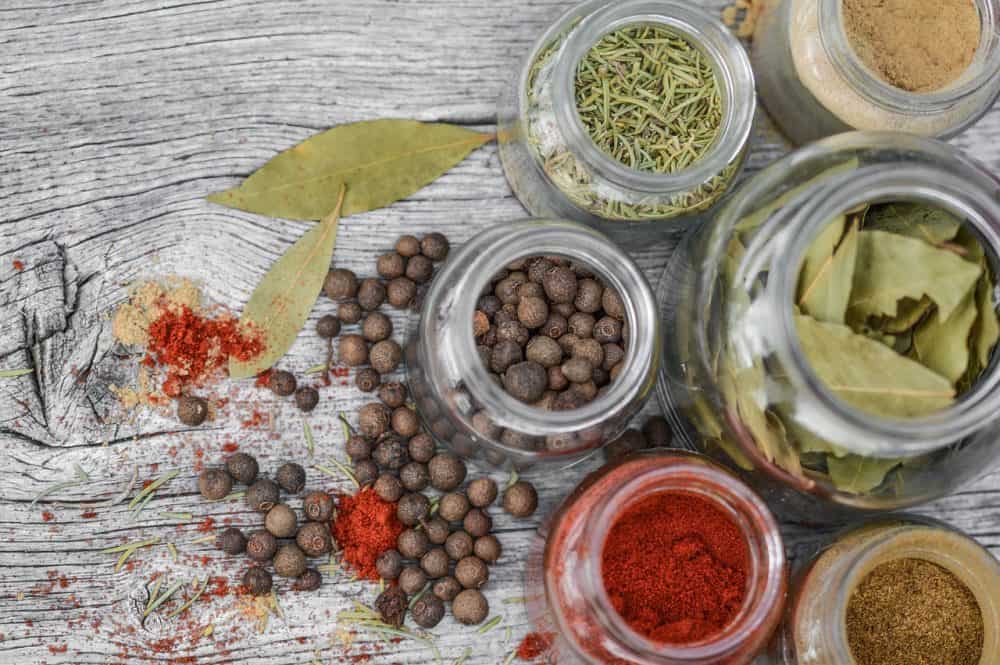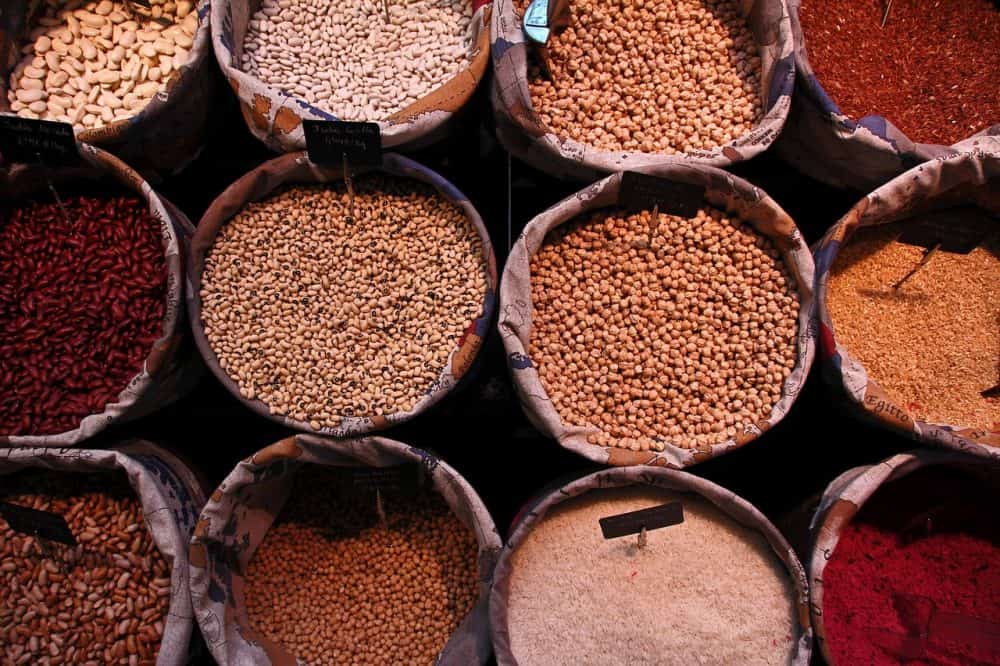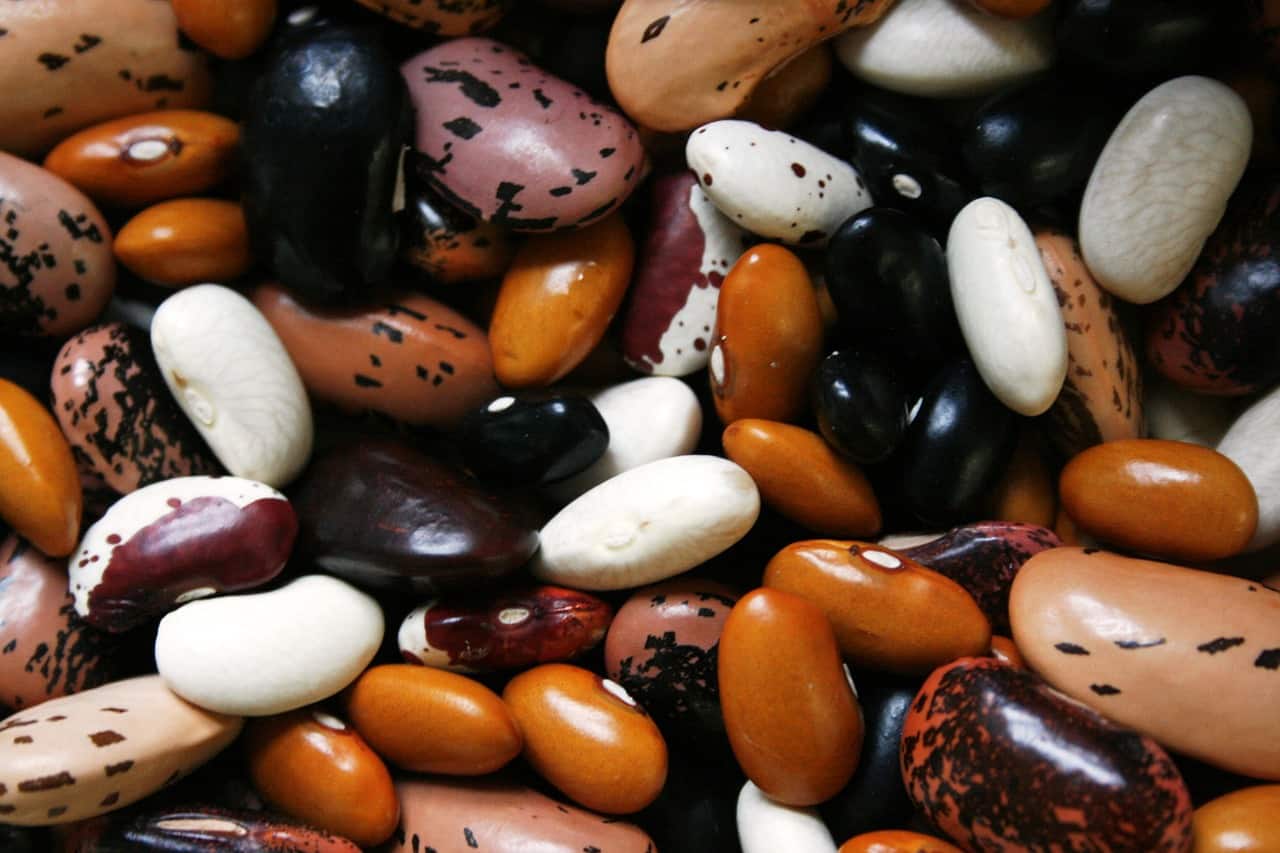The next time you are grocery shopping, don’t skip the bulk bins aisle. Tremendous savings can be had when buying grains, beans, spices, flours or other baking or pantry staples in bulk rather than packaged in bags and jars. Whether you need two pounds or two teaspoons of an ingredient, you’ll usually save money by purchasing from the bulk bins.

Shoppers on a budget rely on the bulk aisle to get cheap pantry staples or a small quantity of grains or spices needed for a specific recipe. Make it a goal to start purchasing one product in bulk from your grocery list the next time you go shopping and see how the savings add up for you.
If you’re a novice who wants to get in on the bulk food savings, we’ve got the skinny on which bulk items are the best value, how to navigate the bins and food storage, and the best places to shop in bulk.
Is buying bulk food cheaper?
One study showed that organic bulk foods can cost 87% less than packaged counterparts, while a different study showed an average of 56% savings, depending on which product you are purchasing. Either amount of savings should be enticing enough to try the bulk bins. You can also save money by purchasing the exact amount you need of an item, rather than a whole package that you may not use.
Bulk item prices vary by store, so always compare them to the package prices (look for the “per ounce” price on the shelf tag for packaged goods). It may take a little extra time initially, but once you figure out where the bargains are in your store’s bulk bins, you won’t have to do much math each time unless there is a significant price change.
Also take into account that bulk beans and grains are dehydrated, and you’ll get two to three times more of the final product if you purchase dried versus canned. For example, a $1 can of beans yields about two cups of beans. Spend $1 to $2 for a pound of dried beans, which yields eight cups of beans, and you’ll get more for your money. There is a time investment of cooking that you have to account for, but dried beans and grains are easy to prepare while you’re doing things around the house, or even in the crockpot overnight.
An Internet search for “cooking dried ____” will turn up many results. You can even freeze extra cooked beans and grains to use later. Just thaw in the refrigerator overnight, or in the microwave using the defrost setting.
Shopping from the bulk bin is also less wasteful. Less packaging is used in manufacturing and less fuel is used in delivering products to the store. The EPA estimates 48% of municipal waste comes from plastics, cardboard/paper, glass, and metal, and food packaging contributes 21% of landfill waste. That’s approximately 39 million pounds of packaging.
Which foods are cheaper when bought in bulk?

When I shop in the bulk section, I purchase lentils, rice, dried beans, oats, popcorn, loose tea, gluten-free flours and spices. Spices are probably the biggest money-saver in the bulk bins, especially for more exotic spices when you only need a small amount for a specific recipe.
The prices on bulk spices may appear high if they are listed by the pound. Spices are lightweight. At $10 per pound, one ounce will only cost 63 cents. I refill glass jars with spices that I use regularly and keep spices bought in small amounts in zippered plastic bags until I need them.
One item that I haven’t found to be cheaper in the bulk aisle is nuts, unless I need a small amount of a specific type and don’t want to purchase a big bag. I use almonds and walnuts frequently and find that I can purchase them cheaper when they are on sale in the produce section or buy large packages at a warehouse store. I keep a reasonable amount in a sealed container and freeze the rest so they don’t go bad before I can use them.
Dried fruit from bulk bins can be pricey as well because it is dense and heavy. Pay attention to how much you are scooping.
How to buy food in bulk

Some people avoid the bulk bin aisle because they find it intimidating or don’t know where to start. I’ve spent a lot of time there and have had people approach me and ask where to get started.
If you’re bringing your own containers, stop at the service center or cash register and ask the attendant to weigh your empty container. He or she will mark the container with its weight so you’ll only be charged for the food you’re buying.
Otherwise, you can use the packaging that the store provides, which is still less wasteful than purchasing prepackaged food. Most stores provide plastic bags (similar to those found in the produce section) and twist ties or plastic containers and stickers, as well as pencils and pens.
Here’s what you need to do once you’re in the bulk aisle:
- Fill your container with the bulk food of your choice. Use the scoop provided to keep the bins sanitary.
- Mark the twist tie (for plastic bags) or the label (for containers) with the four- or five-digit PLU code listed on the bin of the bulk food. This is how the cashier will know what product to ring up. If the product looks similar to something else, you may want to mark the name on the twist tie or label so you don’t get home and forget what you purchased.
- Take the containers to the register, where the cashier will weigh them and charge you.
How to store food you buy in bulk
If you won’t be using your bulk purchases within a short time, consider storing them in glass or plastic containers with a tight-fitting lid. This will help prevent the item from becoming stale and keep it safe from pests.
You can store items in jars or containers that you’ve saved from other food purchases (like tomato sauce). Just be sure to clean the container well enough that all traces of food odor have been removed and add a label so you don’t forget what you’ve purchased (or just write on painter’s tape with a permanent marker).
You might need to rearrange your pantry when you first start buying in bulk to account for different sizes and shapes of storage containers.
Best places to buy food in bulk
Not all stores offer bulk bins, but the savings may be worth it to go to a separate store for bulk purchases once a month. While Whole Foods is considered one of the more expensive grocery chains, their bulk bin aisles are usually well-stocked and reasonably priced.
Look for organic and natural food markets in your area, as it’s often these local stores that have the best bulk sections. For example, we shopped for bulk foods at Mollie Stone’s and Sprouts in the San Francisco Bay Area and MOM’s Organic Market in Northern Virginia.
Here’s a tip: Ask to speak to the person who manages the bulk bins. Find out restocking procedures, seasonal items and special deals. It will help you get the freshest product at the best price.
To save more at the supermarket:
- Hacks to cut your grocery bill in half
- Save money on food without using coupons
- Best shopping apps to save money
- Strategies for $4 a day meal planning
- Save 20% on groceries
- The secret to serving a quick, cheap family dinner a night

